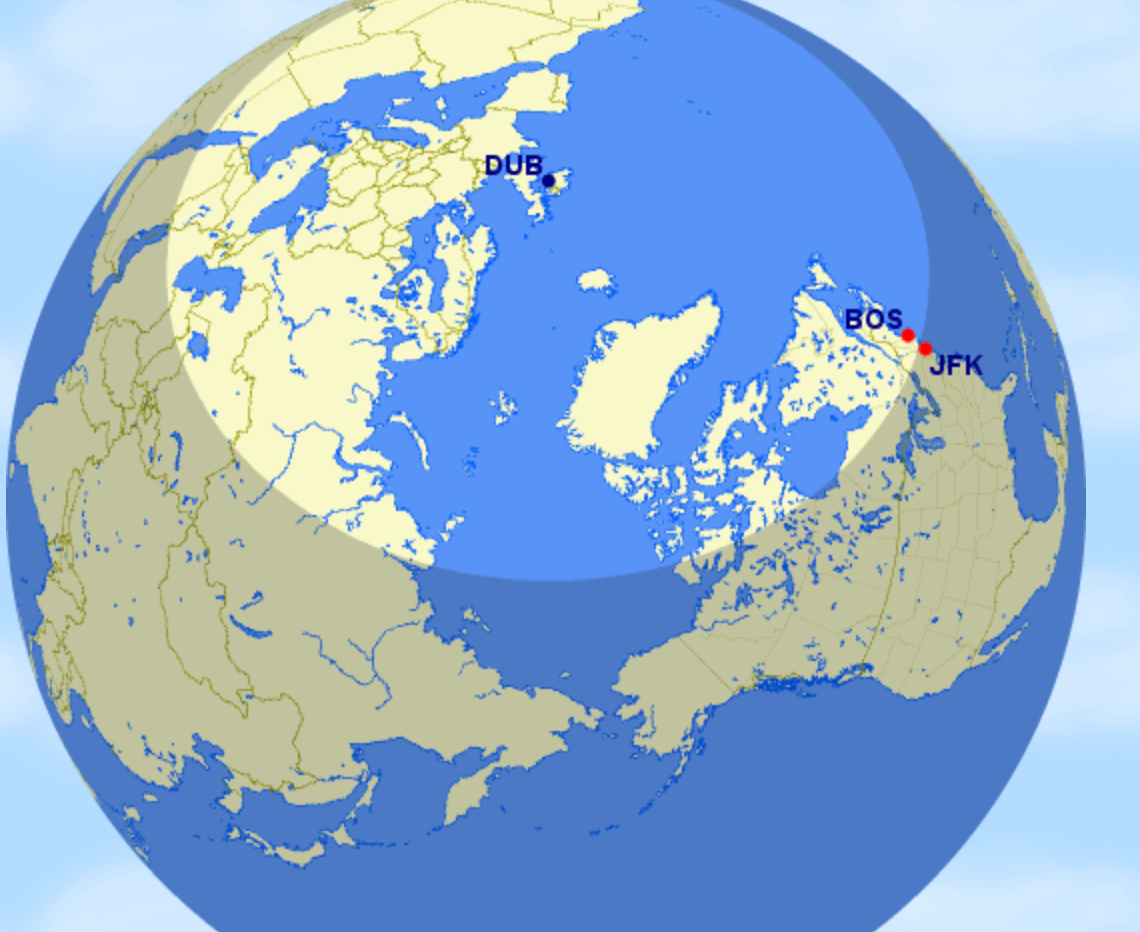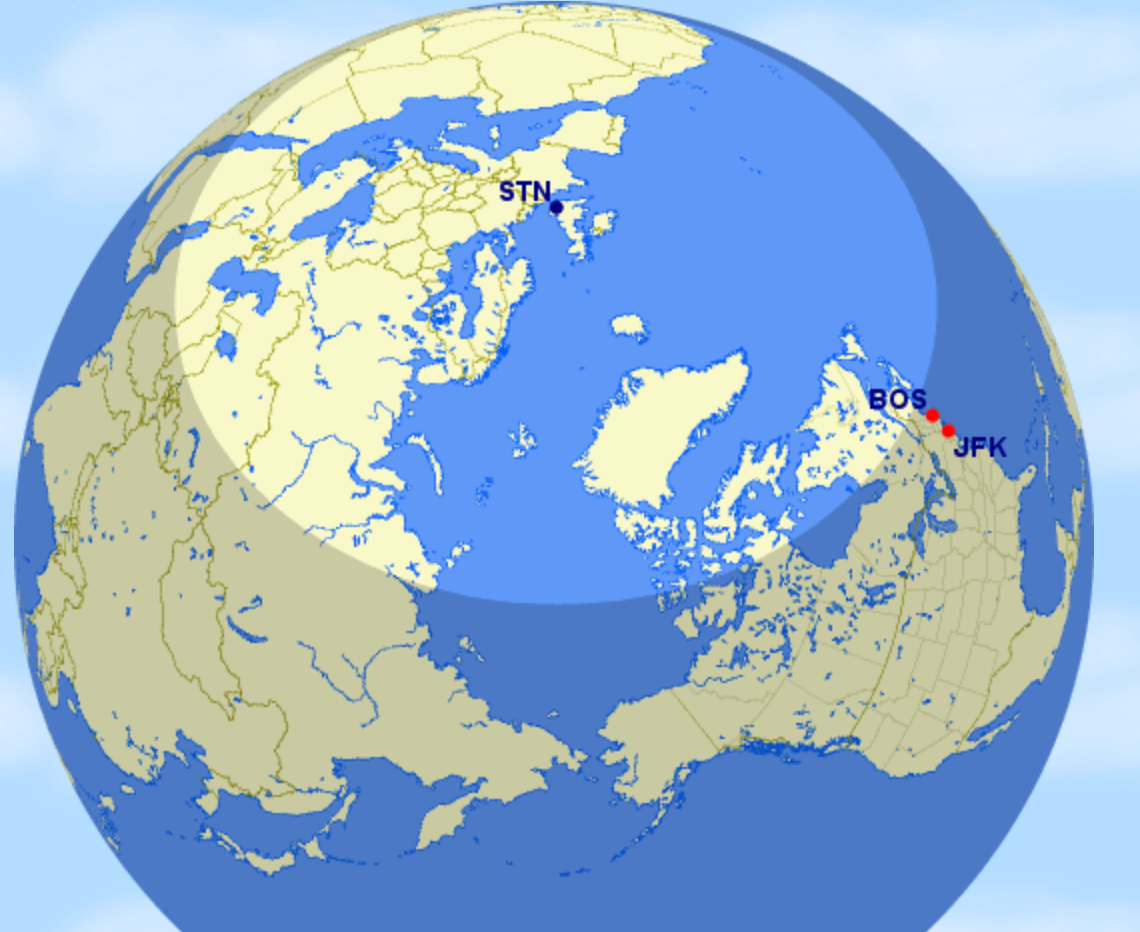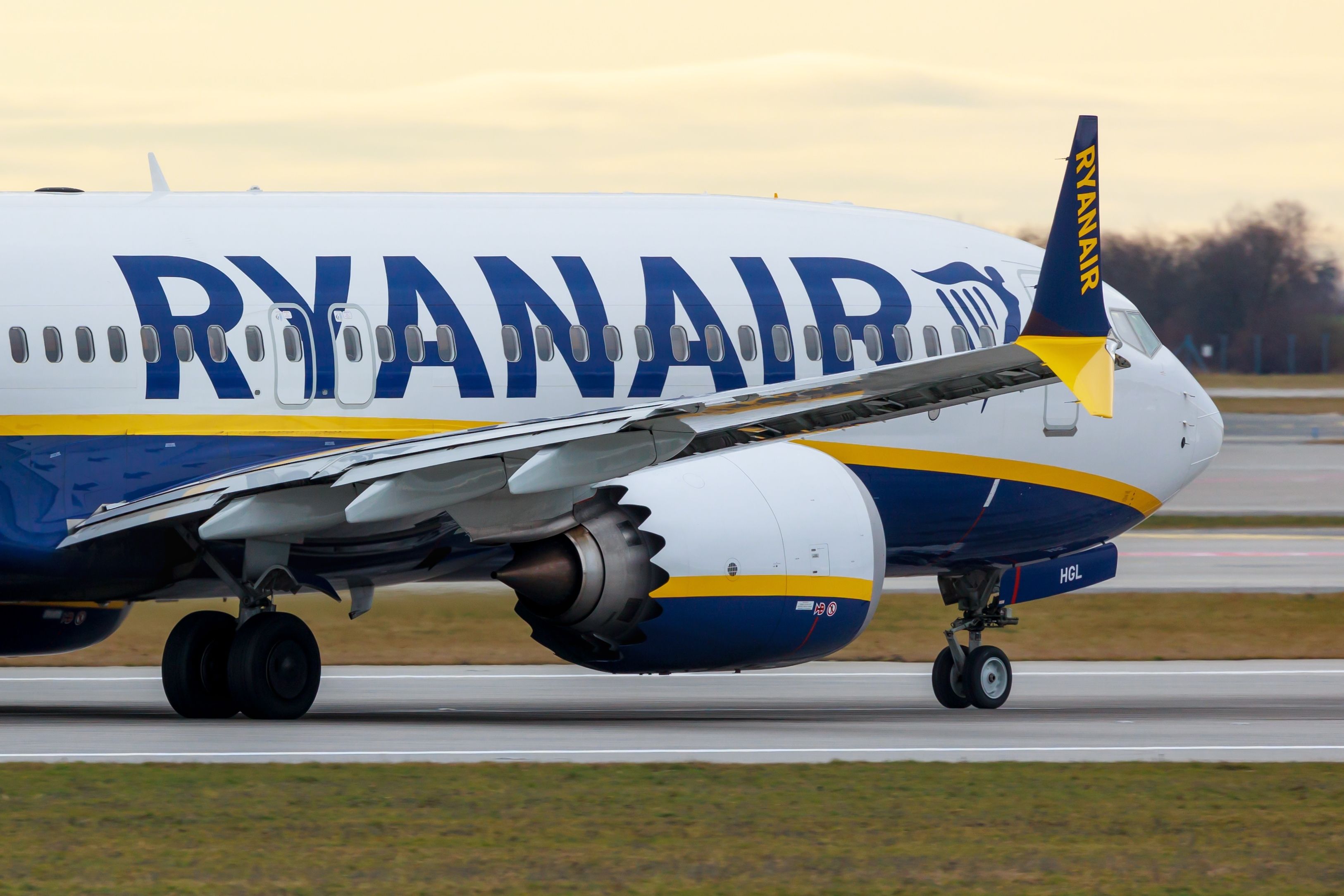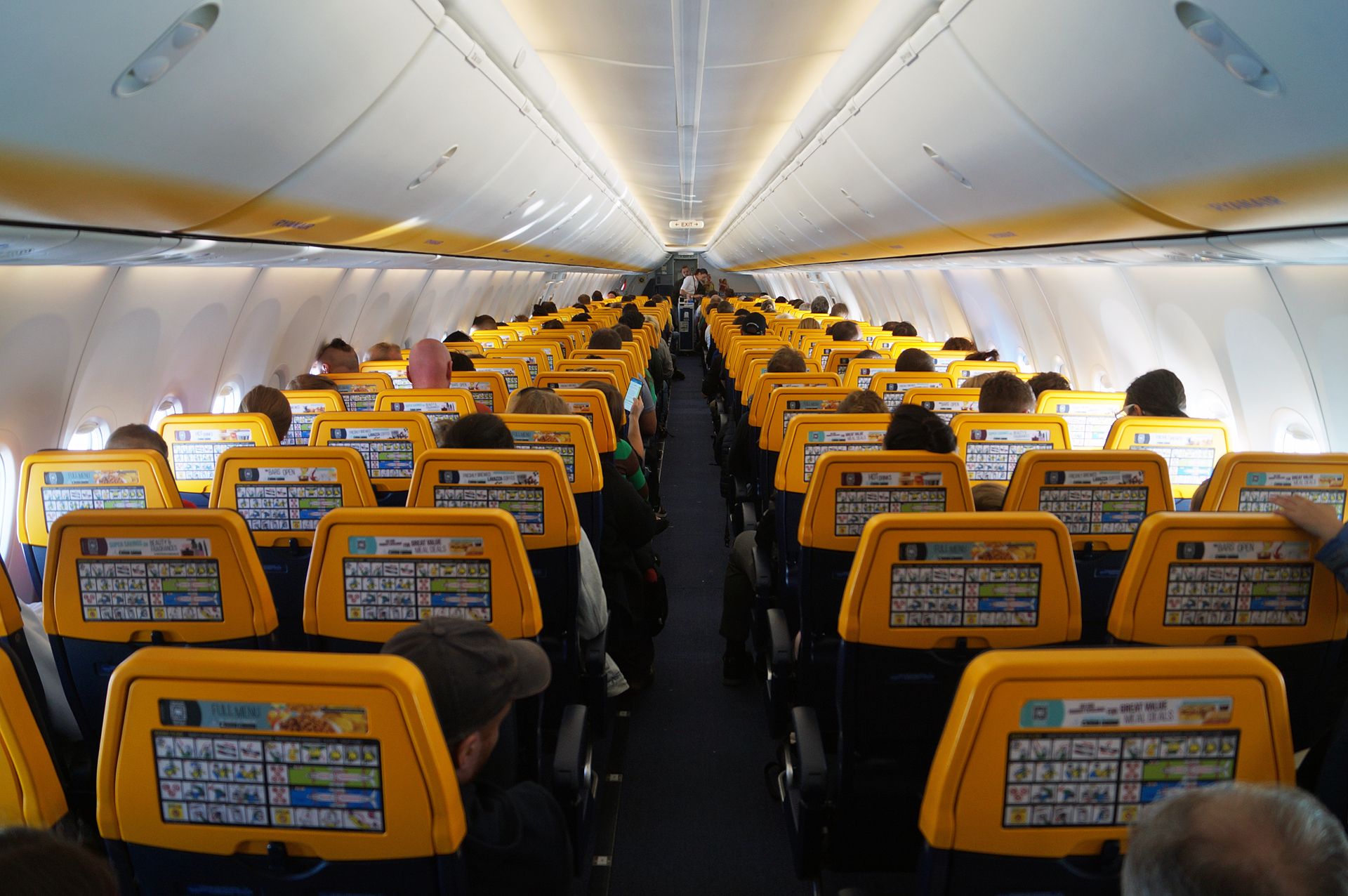Summary
- Ryanair's specially configured Boeing 737 MAX 8200 could allow transatlantic flights from Dublin to Boston but not to New York.
- If Ryanair were to fly transatlantic, it would prioritize low fares over comfort, with limited seat pitch and no inflight entertainment. Passengers would likely have to bring their own food or purchase something onboard.
- While it is operationally feasible for Ryanair to start transatlantic routes, the economics of long-haul travel and the need for larger planes make it unlikely for the airline to enter this market in the near future.
Ryanair has made a name for itself as Europe's leading budget carrier, operating in 33 countries, 205 airports, and over 1,750 routes. The airline has increased its reach over the decades, stretching into the Middle East with Tel Aviv and North Africa with Morocco. Despite this, Ryanair has never budged beyond medium-haul routes and has made it clear it has no long-haul or transatlantic ambitions. But what would such an operation look like, and where could Ryanair fly?
The aircraft and destinations
The conversation surrounding Ryanair and transatlantic flights began once more after it began taking deliveries of the Boeing 737 MAX 8. More specifically, the Dublin-based giant has a specially configured variant known as the 737 MAX 8200, which can seat 197 passengers in the usual 3-3 configuration.
While a standard MAX 8 can fly an impressive 3,500 nautical miles (4,028 miles), the added capacity on Ryanair's version means the range is closer to 2,700 nautical miles (3,107 miles), per FlightGlobal's record of Boeing data. This decrease in range means the 8.5-hour routes we see other carriers operate are out of reach. So, where could Ryanair fly, assuming it won't order the standard 180-seat MAXs? Here's a look at the map from both Dublin and London Stansted, the airline's biggest hubs.


As you can see, New York is out of reach from either airport, but Boston could be reached from Dublin. Again, this would be easily remedied if Ryanair switched to a lighter MAX 8 layout, opening up much of the East Coast.
Onboard
Were Ryanair to go transatlantic, its mission would be the same: low fares. This means the onboard experience would be as barebones as possible. Seat pitch would hopefully be nearer to 30", like the older 737-800s, and inflight entertainment would be strictly bring-your-own. Meals would almost certainly be paid for extra, but don't expect full portions like on Emirates or British Airways, but smaller bites like sandwiches and reheated pizzas.
Admittedly, this doesn't paint a rosy picture of transatlantic travel on Ryanair. However, the carrier has never promised comfort but rather getting from A to B as cheaply (and safely) as possible. Considering fares of $100 would be a regular offering, bringing your own iPad and food is a small price to pay for a seven-hour flight to North America or Europe. Plus, there are always the first and emergency exit rows for extra legroom!
Could it happen?
It wouldn't be hard for Ryanair to start transatlantic routes operationally; it only needs extra training for its pilots and regulatory approvals on both ends. However, the issue is more to do with the economics of long-haul travel. As Ryanair CEO Eddie Wilson noted in 2019 to The Independent Ireland,
"No [Ryanair won't fly to the US]. There are a couple of reasons. One is that Ryanair does 25-minute turnarounds and goes to a lot of uncongested airports in Europe. So we’re able to get extra turns [flights in a day] on the aircraft. But if you’re on the transatlantic route, even the major carriers can’t get an extra turn...It would [also] be very difficult to get on one of those routes [slots] with any sort of presence. And if you had to go to secondary airports [Norwegian flew to Stewart in New York State], you’re ruling out Business Class. What really pays for transatlantic are the 24 people up front and the cargo"
In summary, the economics of transatlantic travel is the polar opposite of Ryanair's bread-and-butter of short-haul flights to small airports. You need big planes, plenty of business travelers, and connecting flights, which can quickly complicate operations. Don't expect Ryanair to enter this market soon, even as it orders hundreds of new planes and adds new routes across Europe.
Source: FlightGlobal, The Independent Ireland


